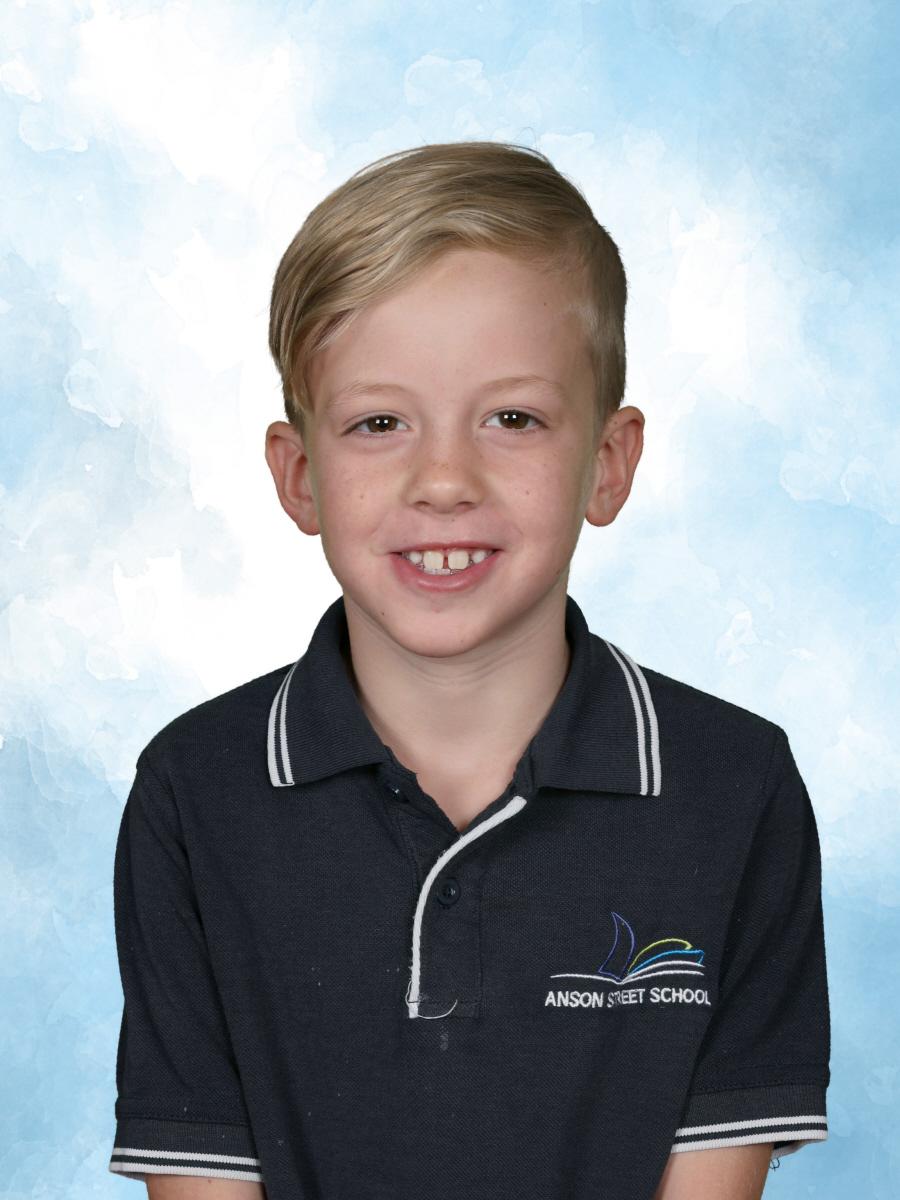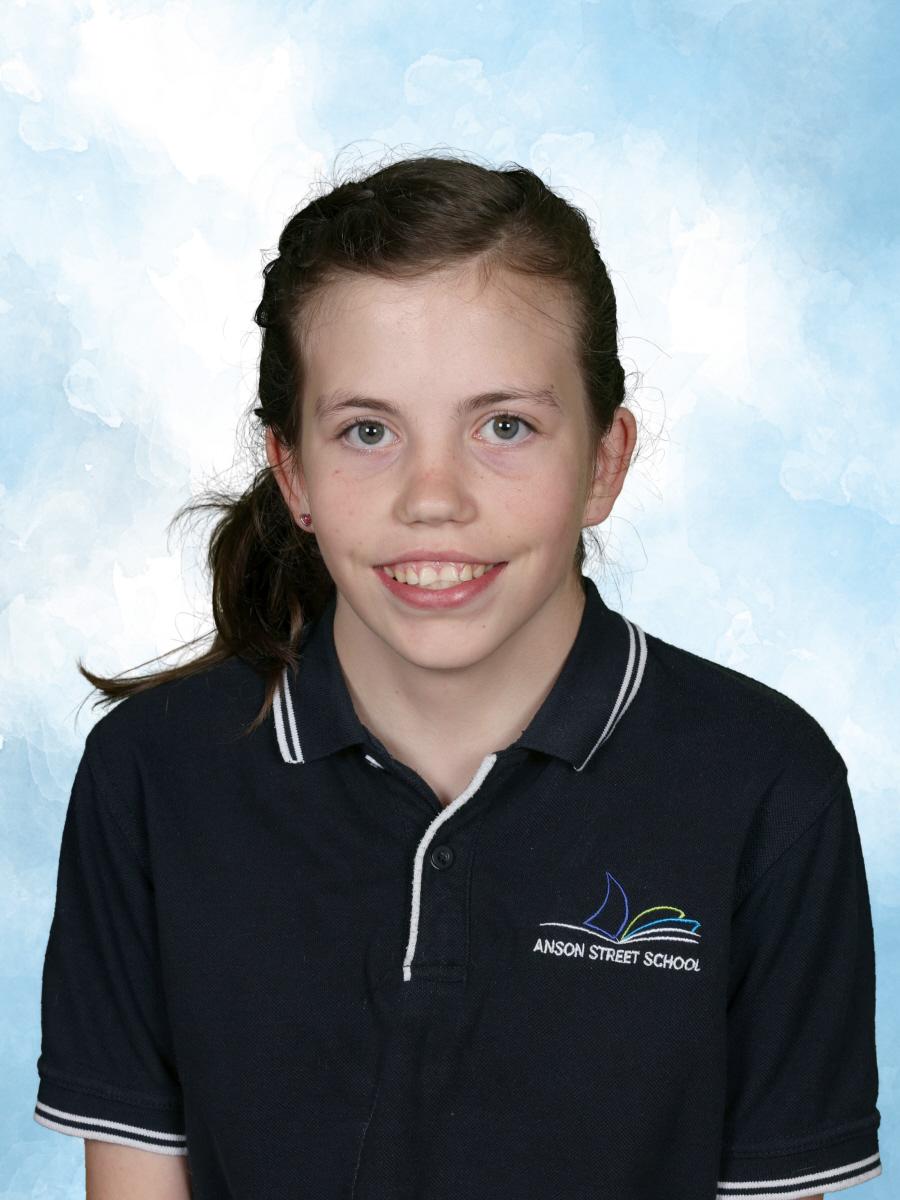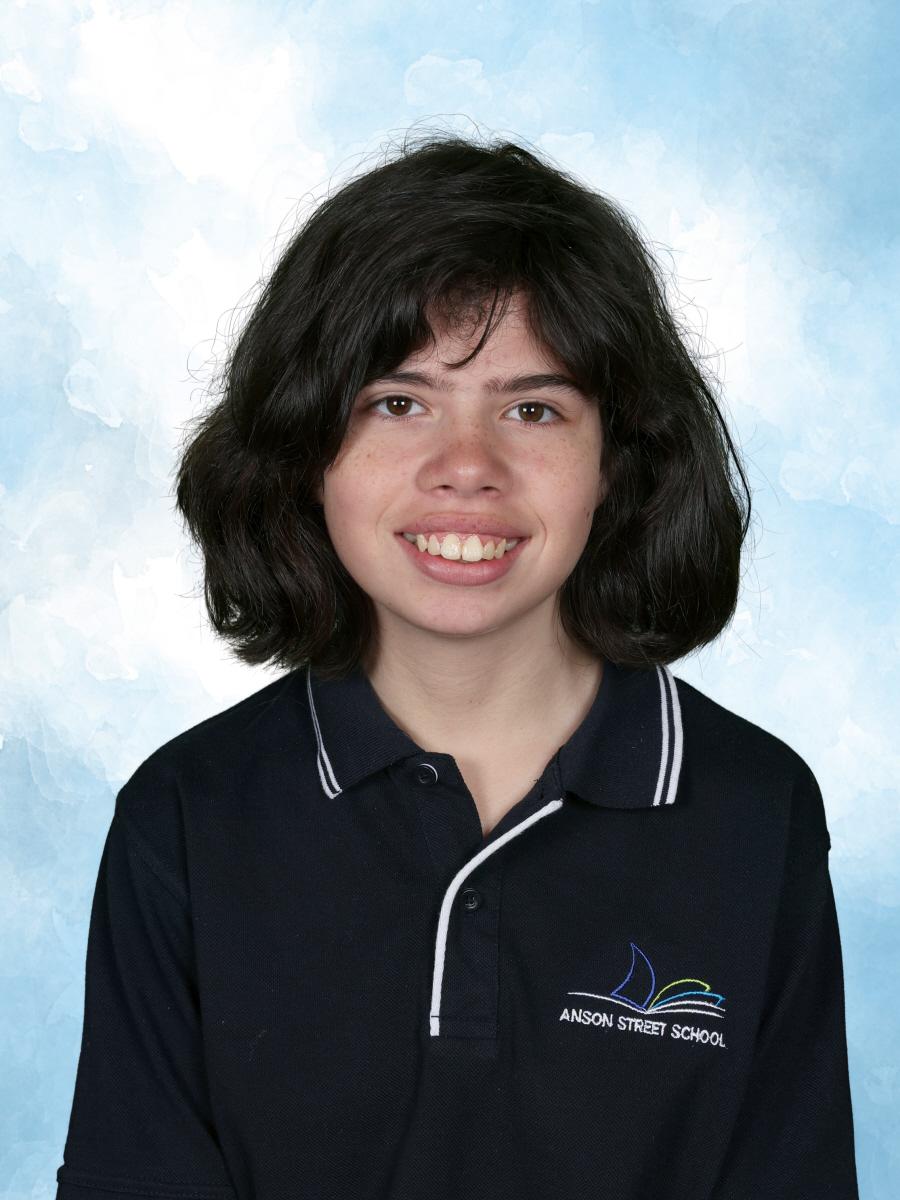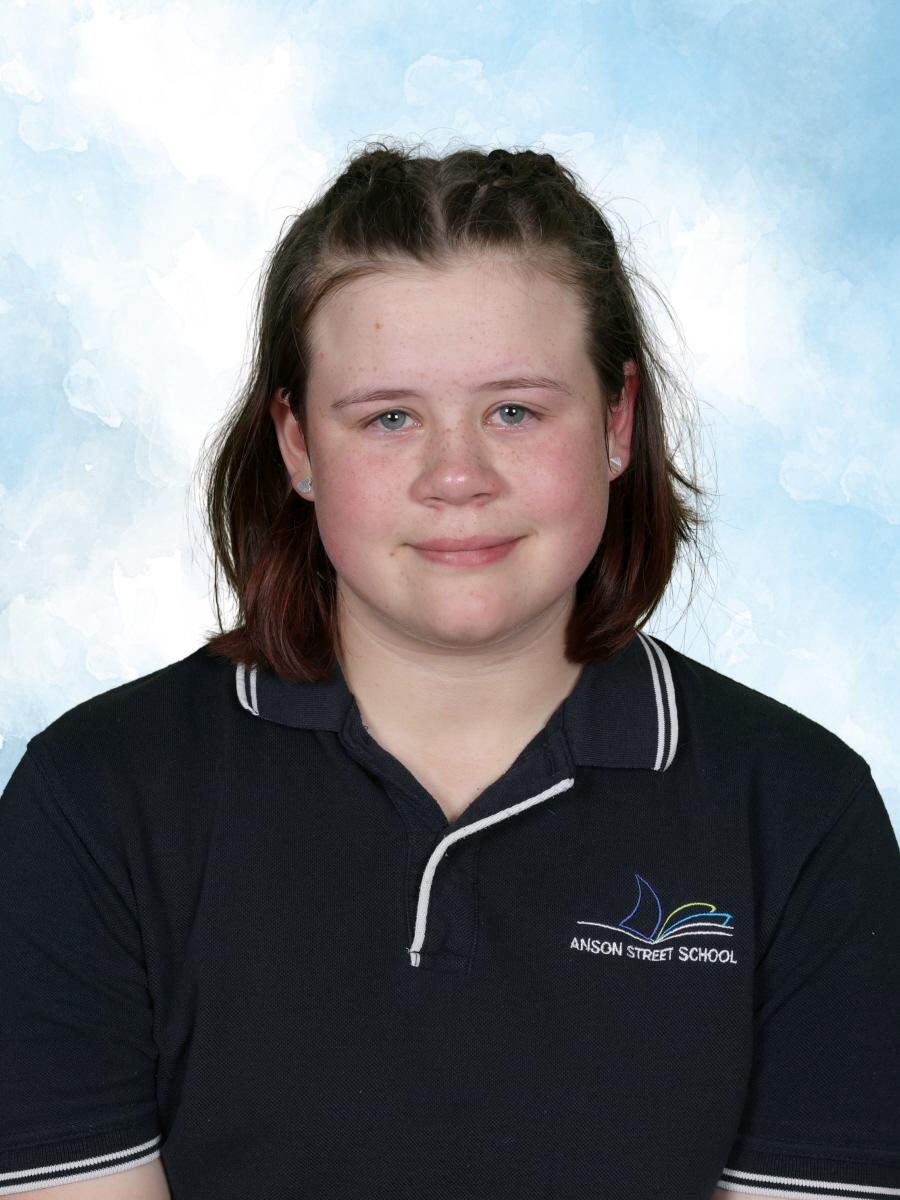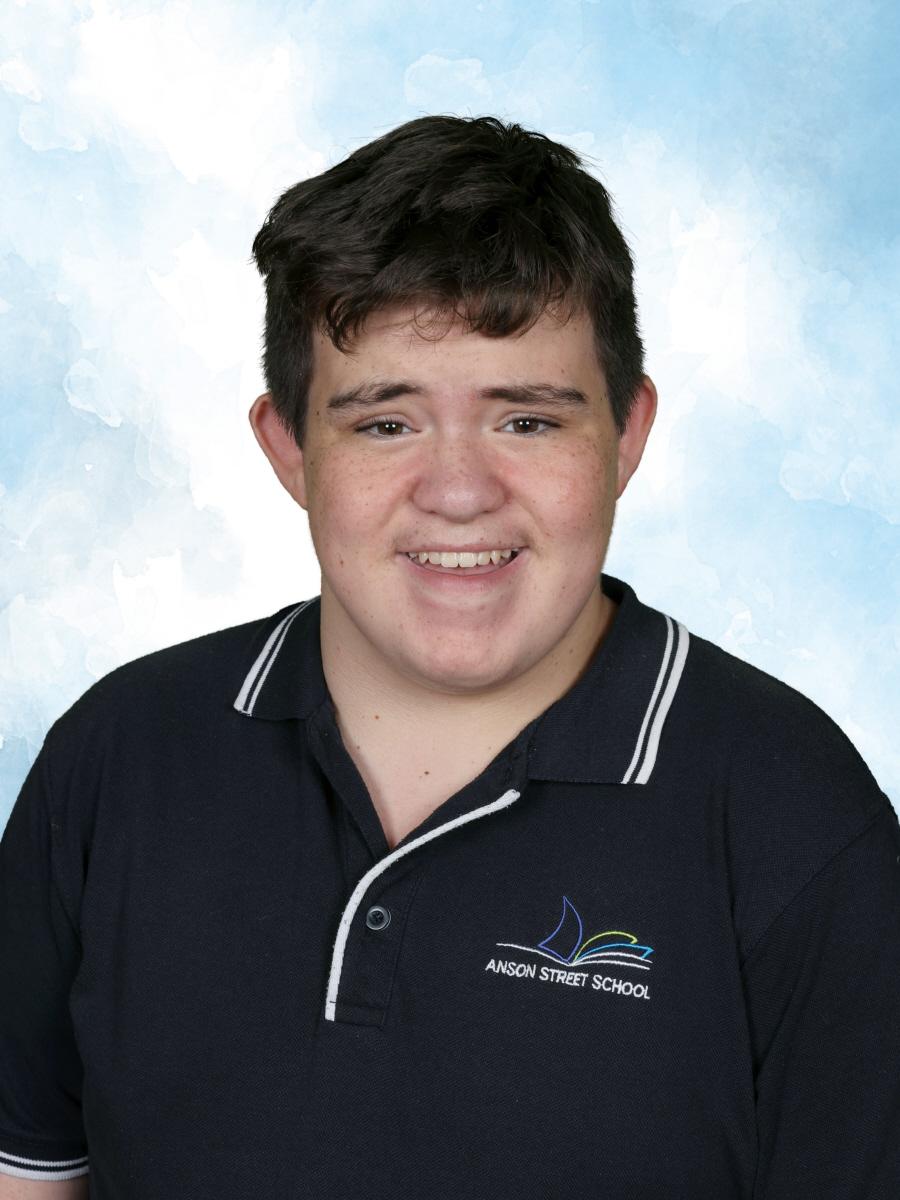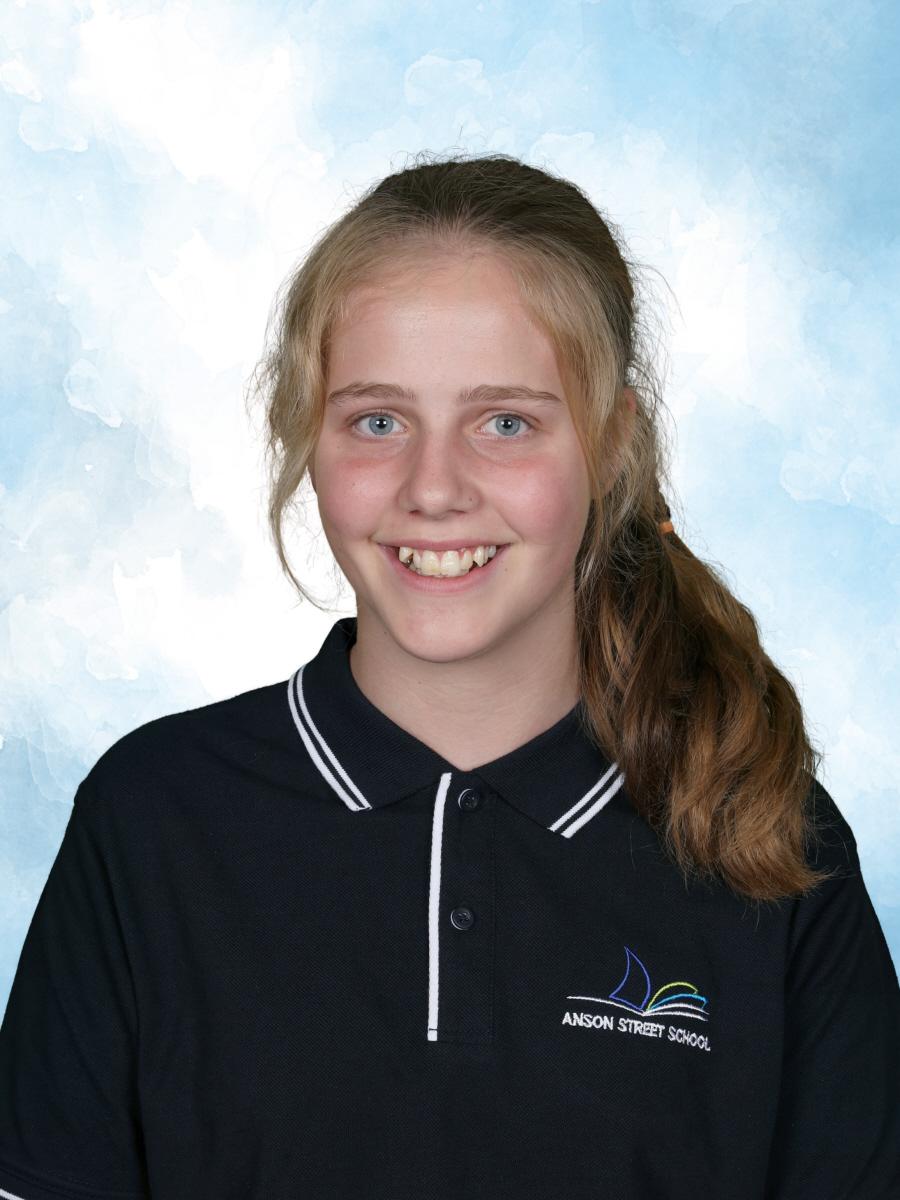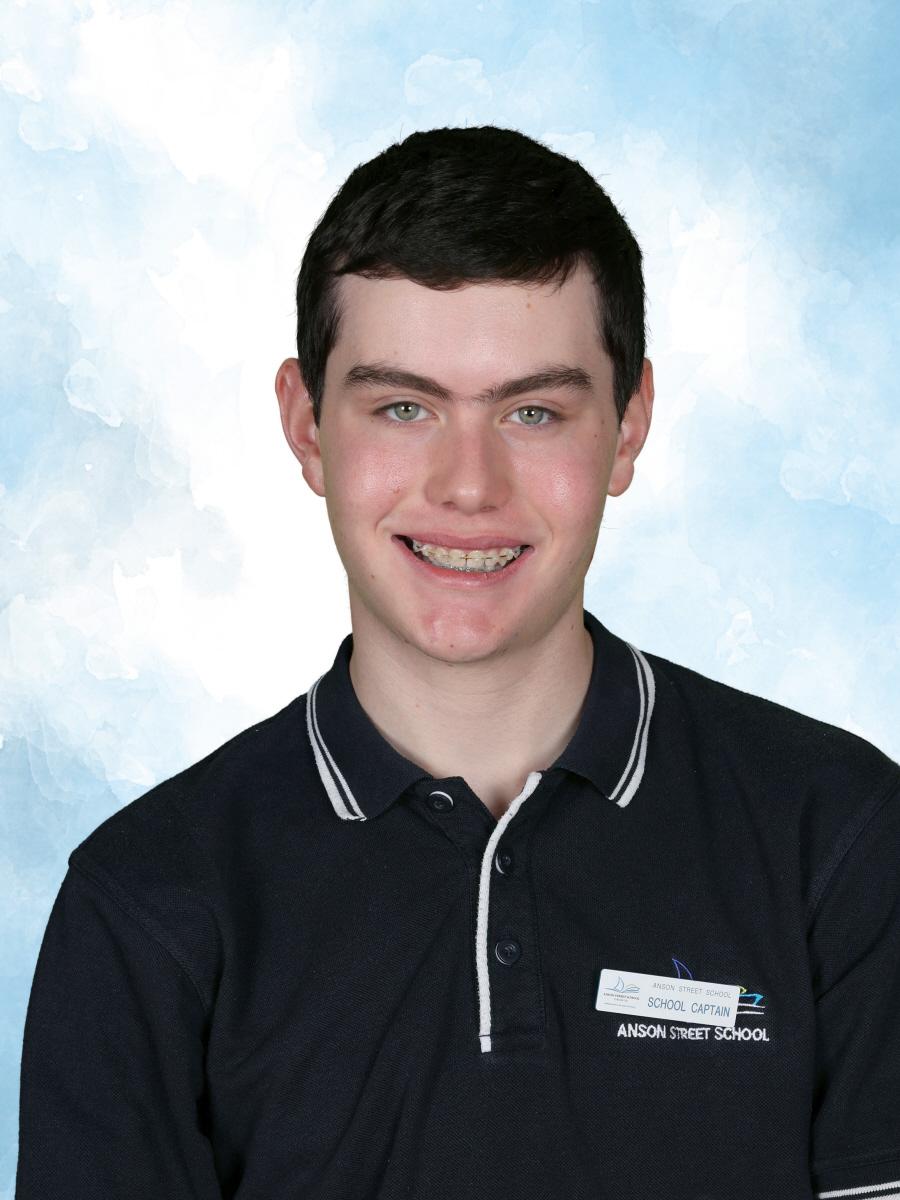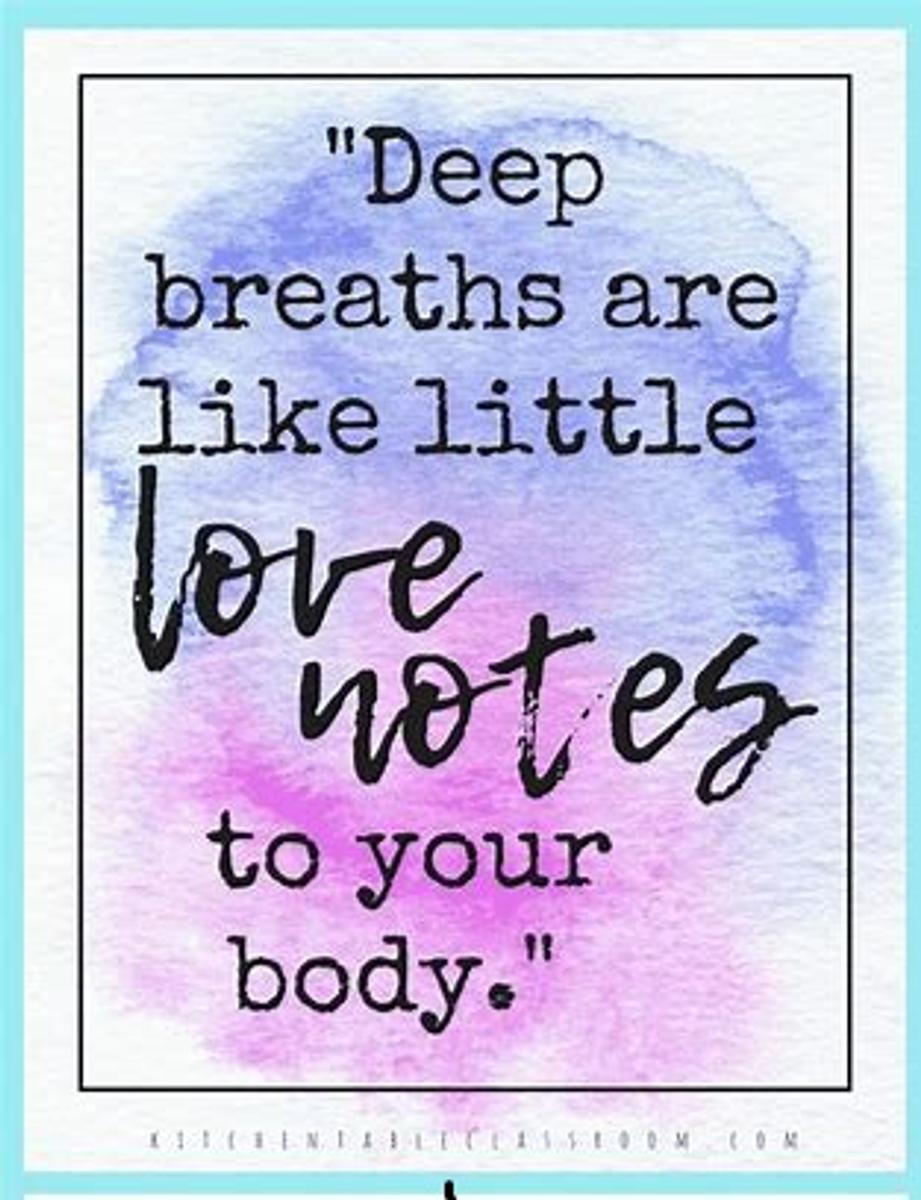Positive Education @ Anson

Positive Behaviour for Learning (PBL)
The current PBL focus around the school is Be Safe: Be where you need to be. It is very important to be in the right place at the right time to ensure everyone is safe and learning can occur uninterrupted.
Students are working towards earning a special reward in week 10 including a pizza party, disco and face painting. To attend the special reward students must continue to follow the school expectations and not have a suspension or major negative incident recorded.
PBL Stars:
Congratulations to these students who are consistently recognised as being responsible, safe and respectful in all environments.
Julie Hudson
PBL Coordinator
(Rel) Principal
Positive Wellbeing for Learning (PWL)
What is the value of mindfulness for children?
Mindfulness meditation for children can help them learn to calm their bodies and minds. This creates a relaxed, positive environment which can benefit behaviour, communication and emotional regulation. It can help children learn patience and explore feelings such as gratitude and love.
Mindfulness activities can be practiced anywhere and anytime. Here are a few ideas to try with your child at home.
Listening walk
A listening walk is simply going for a walk with your child, focusing on your surroundings and sharing your findings. Familiar places are great because your child can discover things they haven’t noticed before. A listening walk helps teach your child patience and how to be present in the moment.
How to do a mindful listening walk:
Ask your child where thy would like to walk. Places such as a garden or beach are great as they have natural sounds like leaves rustling or waves crashing.
Ask your child what sounds they expect to hear and why.
Stop often, close your eyes and encourage your child to listen. After a minute or two, ask your child what sounds they heard and why they think they heard them.
Remember to keep it FUN and let your child take the lead! For younger children, adapt the mindful listening walk by seeing if they can make each noise they heard or locate where the sound came from.
Mindful Posing
An easy way for children to dip their toes into mindfulness is through body poses. To get your kids excited, tell them doing fun poses can help them feel strong, brave, and happy.
Have the kids go somewhere quiet and familiar; a place they feel safe. Next, ask them to try one of the following poses:
The Superman: stand with the feet just wider than the hips, fists clenched, and arms reached out to the sky, stretching the body as tall as possible.
The Wonder Woman: stand tall with legs wider than hip-width apart and hands or fists placed on the hips.
Ask your kids how they feel after a few rounds of trying these poses. You may be surprised!
Five senses exercise
This exercise makes practicing mindfulness easy in nearly any situation. All you need to do is notice something you’re experiencing with each of the five senses.
Follow this order:
Notice five things you can see. Look around you and bring your attention to five things you can see. Pick something you don’t normally notice, like a shadow or small crack in the concrete.
Notice four things you can feel.
Bring awareness to four things you are currently feeling, like the texture of your pants, the feeling of the breeze on your skin, or the smooth surface of a table you’re resting your hands on.
Notice three things you can hear.
Take a moment to listen and note three things you hear in the background. This can be the chirp of a bird, the hum of the refrigerator, or the faint sounds of traffic from a nearby road.
Notice two things you can smell.
Bring your awareness to smells that you usually filter out, whether they’re pleasant or unpleasant. Perhaps the breeze is carrying a whiff of pine trees if you’re outside, or the smell of a fast-food restaurant across the street.
Notice one thing you can taste.
Focus on one thing you can taste right now, at this moment. You can take a sip of a drink or eat something, notice the current taste in your mouth, or even open your mouth to search the air for a taste.
Jenny Rosser
PWL Co-ordinator
Deputy Principal


